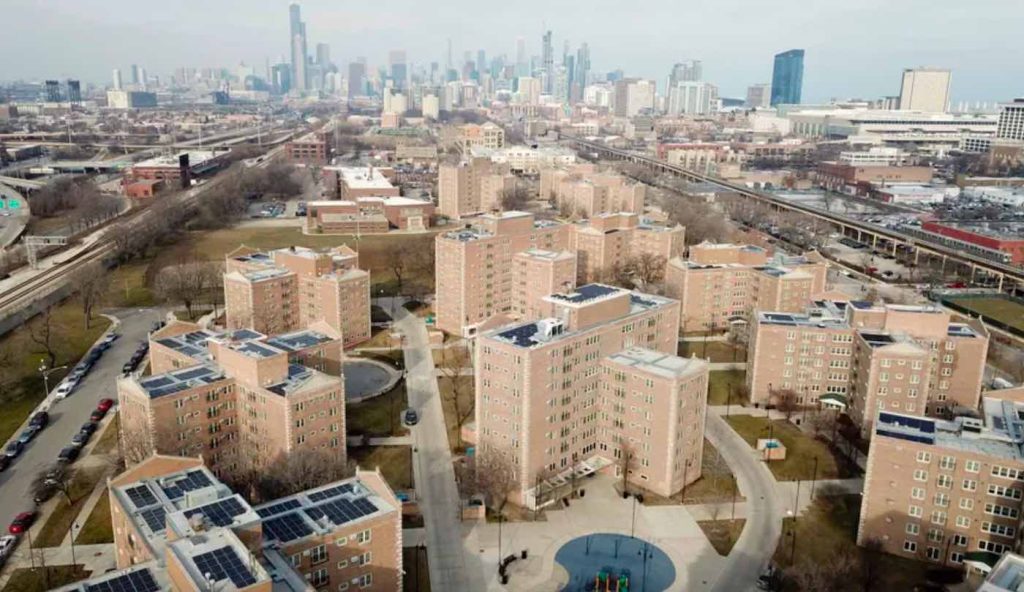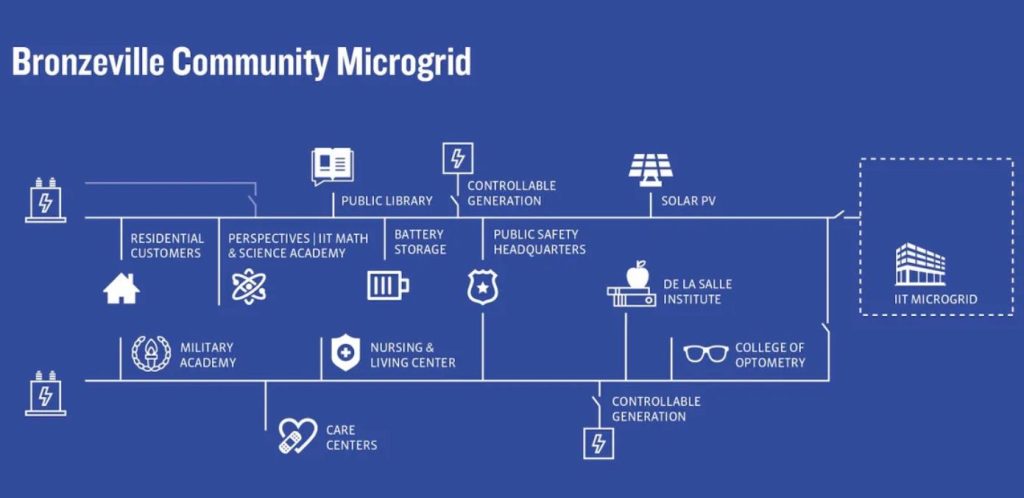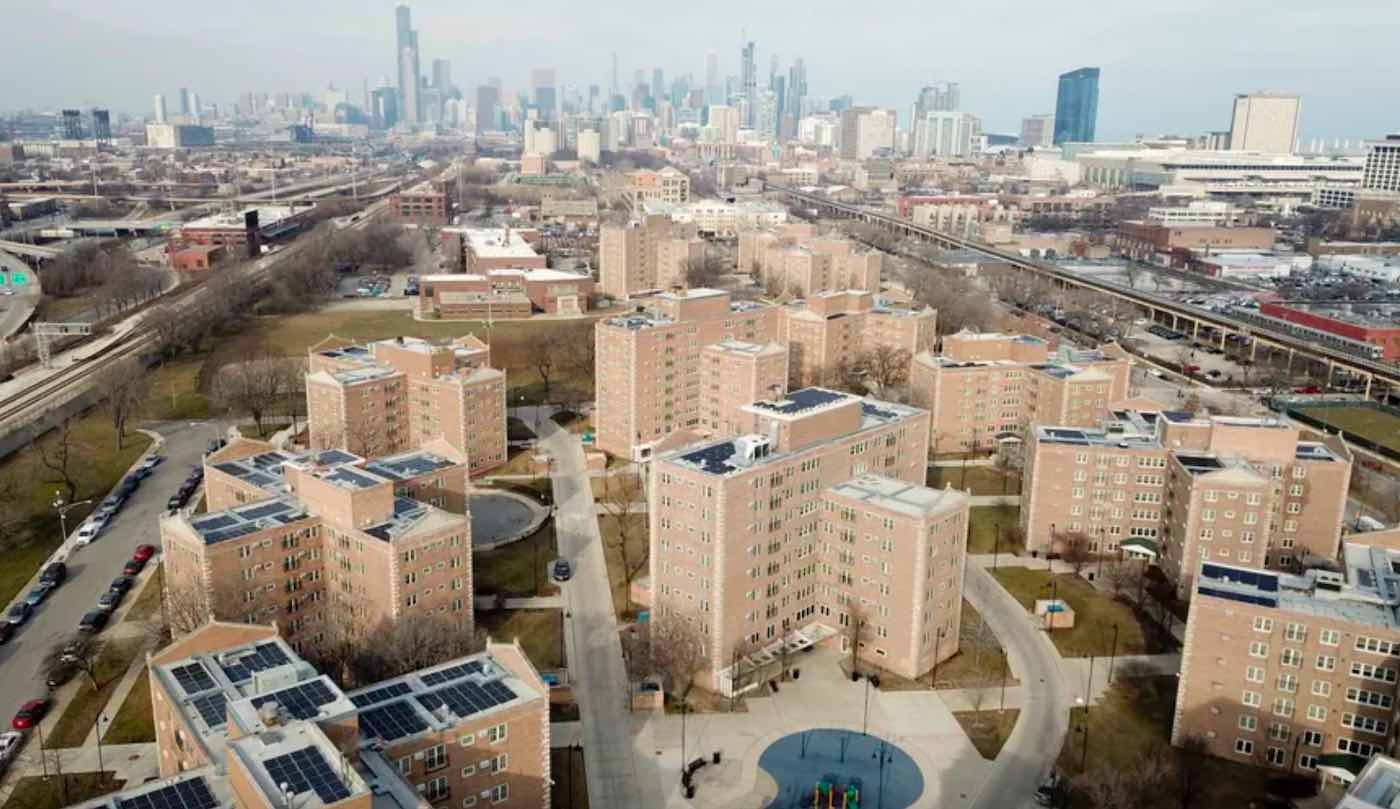
Recent winter storms in Texas, as well as Gulf Coast hurricanes, and heat waves in California have forced utilities to think about more resilient power grids.
In Chicago, where the threat of winter blizzards, summer power surges, and deadly tornadoes can leave tens of thousands of residents without power for many days, a new microgrid is on the cusp of becoming a model for the country.
ComEd, the electric and gas utility company with 10 million customers, has successfully completed final testing of a microgrid integration—a network of solar panels, generators, batteries—that will increase energy security and resilience for residents and businesses on Chicago’s South Side.
“The impact of this project will be felt the world over as the industry better understands what is possible in integrating clean energy technologies,” said Prof. Amin Khodaei of the University of Denver.
Microgrids are small power grids with defined boundaries. They can operate in conjunction with the main grid or disconnect and operate standalone to keep power flowing. The tests demonstrated how Distributed Energy Resources (DER), such as solar photovoltaic (PV) and battery energy storage, can be used to support microgrid operations and enhance the resilience of the grid during disruptive events such as storms or natural disasters.
During the test, the microgrid successfully disconnected and reconnected to the main power grid without any interruptions in service to customers.
Located in the historic Black neighborhood of Bronzeville, this Community Microgrid will directly serve more than 1,000 residences, businesses and public institutions, as well critical public services—including the Chicago police and fire department headquarters.

“Demonstrating microgrid technology has presented numerous engineering challenges, and we’ve met them all,” said Michelle Blaise, senior vice president of technical services for ComEd. “These technologies will support a higher level of service to communities throughout our region and drive the entire industry to a more resilient and sustainable future.”
RELATED: Tens of Millions Now Have Power Thanks to Off-Grid Solar Systems –Many of Them Recycled
The collaboration involves partnerships with universities, national labs, and suppliers, and has utilized a $4 million grant awarded by the U.S. Department of Energy’s Solar Energy Technologies Office.
“This project has provided us the opportunity to develop the algorithms that enable utilities to integrate distributed energy technologies while enhancing the resilience of the distribution system,” says Prof. Khodaei.
ComEd is scheduled to complete the installation of DER into the microgrid this year, before becoming fully operational.
WATCH a video about the green community grid and how it’s educating youth…
SHINE a Light on This Progressive Solution by Sharing on Social Media…





















So Thomas Edison was right. Local power grids can be better for providing reliable streams of energy. “We are like tenant farmers chopping down the fence around our house for fuel, when we should be using Nature’s inexhaustible sources of energy—sun, wind, and tide,” he remarked in a 1931 conversation with Henry Ford and Harvey Firestone. “I hope we don’t have to wait until oil and coal run out before we tackle that.” Chicago has plenty of wind for turbines on top of buildings and around the city.
Another amazing fact is that Edison built and owned some of the first electric cars, beating Elon Musk by 100 years.